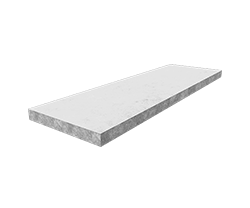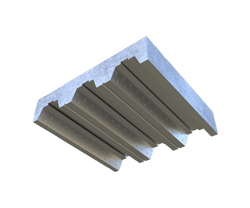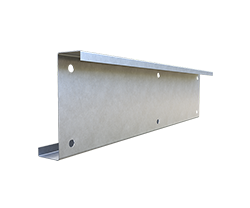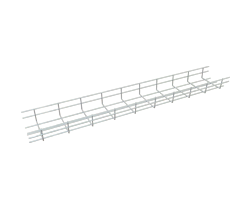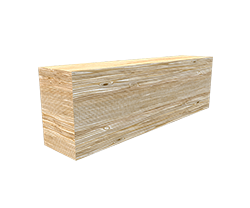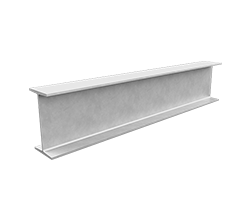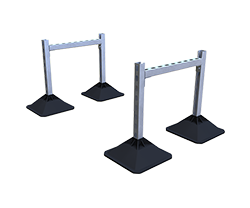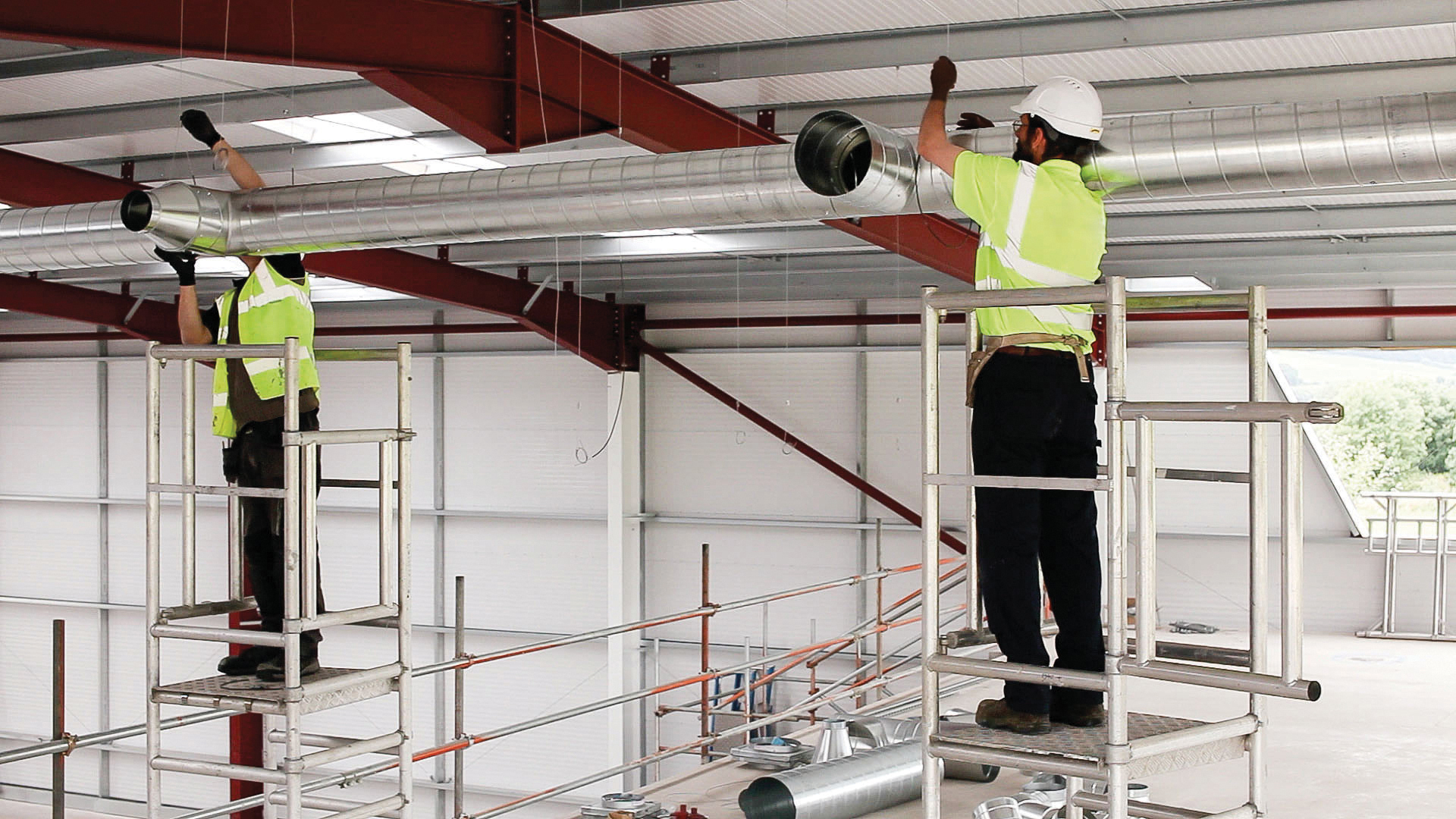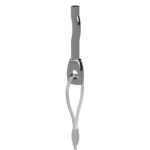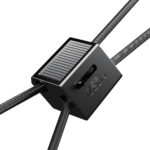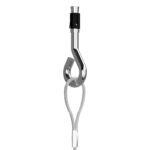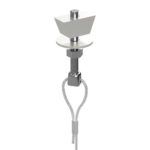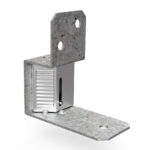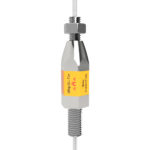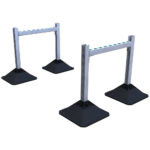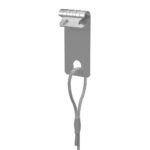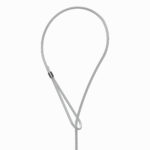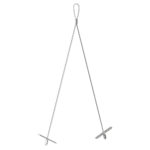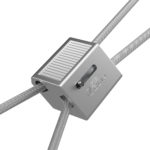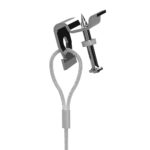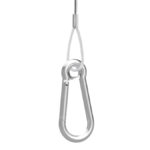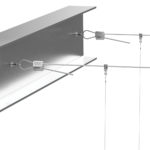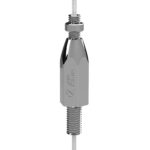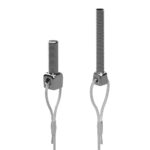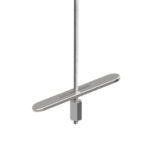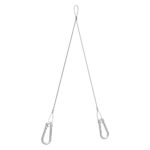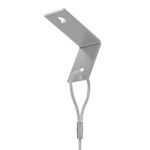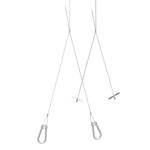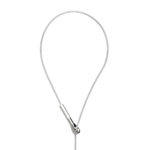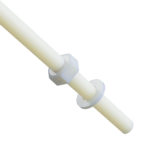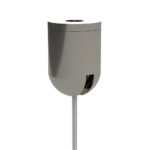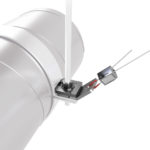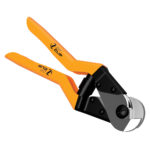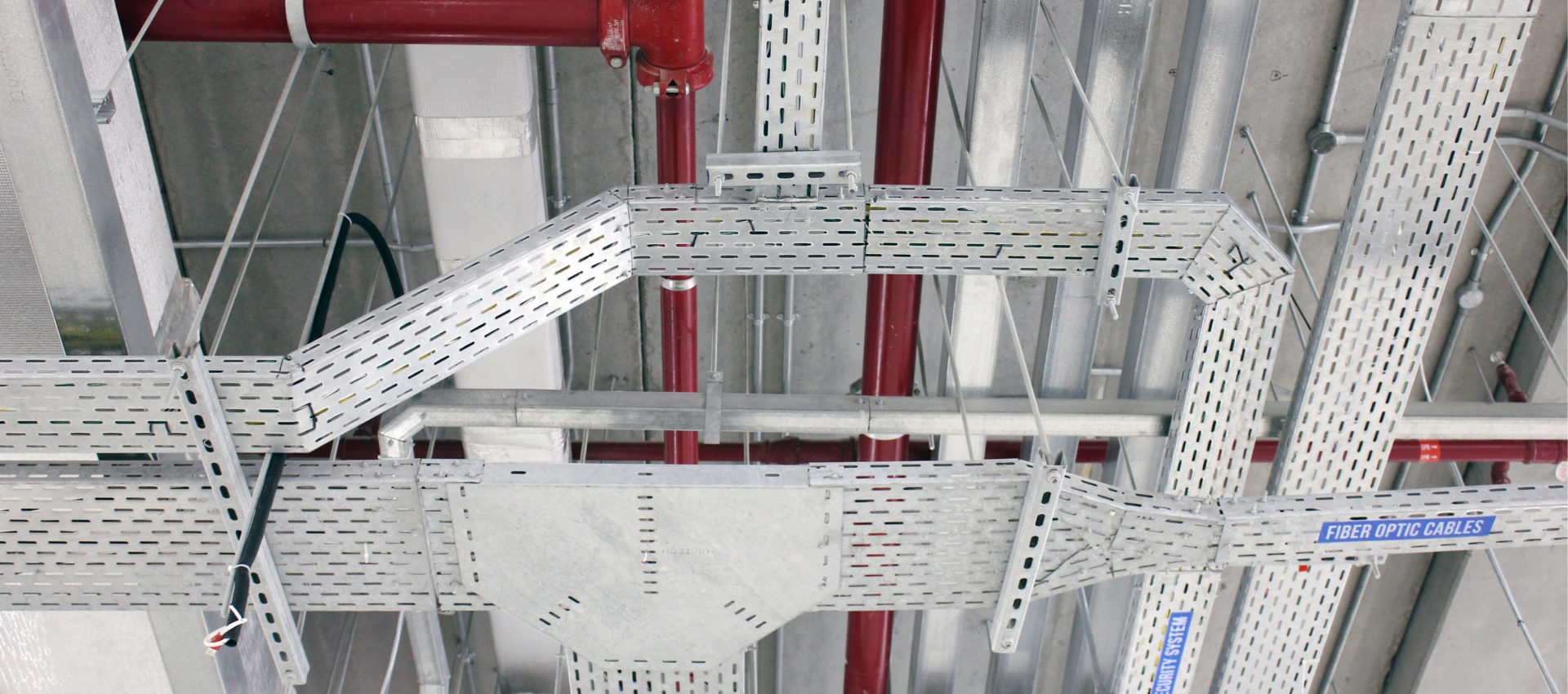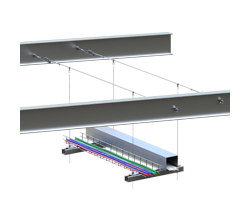
ZIP-CLIP SUSPENSION SYSTEMS OFFER A COST EFFECTIVE ‘GREEN’ SOLUTION TO STEEL SHORTAGES
Steel is in short supply, the closure of mills due to the outbreak of the Covid-19 pandemic last March and April followed by subsequent increased demand has now created a global shortage. Add to this a shortage of shipping containers now leaving the Far East and the industry today is experiencing even further headaches.
In our industry, the structural grades of steel needed to manufacture cable management systems and support solutions are just not available in sufficient quantities to satisfy demand. Prices are increasing and contractors who have secured work at pre-increase pricing are now faced with some difficult negotiations – What are the alternatives?
The most obvious course of action is to reduce the volume of steel required. This may mean looking at solutions that you previously may not have considered, but why not?
Historically, cable management and support systems have been installed in the same way for decades as shown in the photograph accompanying this article. A system that works but one which often results in over-engineered containment with far too many brackets holding up very little cable and a lot of fresh air. However, by utilising the standards and working on manufacturers loading information it is possible to significantly reduce the volume of steel required.
IEC61537, The Cable Tray and Ladder Standard, provides the manufacturer with information on the fixing centres and testing methods for containment under load. This results in each manufacturer having load graphs that show what weight their products can carry at varying fixing centres. For example, a cable basket 300 mm wide × 60 mm deep can carry 58 kg/metre at 1,500 mm centres. It would be difficult to load the volume of cable onto the basket to get anywhere near that load.
Power cables are frequently installed on tray and ladder systems in such a way that it is normal to see 75% of the tray or ladder empty on long runs with the bending radius of the cable being accommodated on a large bend section. Potentially the long straight runs could easily be reduced in size, thereby reducing the volume of steel significantly. The difference in weight between ladder sizes is around 10-15%.
Cable tray has traditionally been used for small power, communications, control systems cabling, and fire alarms but cable basket could easily replace tray and with it provide a material saving of over 50%. Tray is around 65% material content while basket is around 15%.
What do you need to consider when looking to reduce material usage and project costs?
There are a number of options to consider that will help reduce the volume of material, let us take a look at the options for consideration.
1. Do I need cable ladder or will tray or basket do the job?
2. Do I need cable tray or will basket do the job?
3. Do I need trunking and conduit or will basket do the job?
Many contractors use basket widely not just for data and comms but also to install armoured cables. Don’t forget basket can be cut to suit the bending radius of the cable.
4. Do I need multiple runs or will multi-compartment do the job?
Containment with dividers will greatly reduce the volume of containment needed as well as reducing the volume of support brackets. Significant prime cost savings can be achieved by this method.
5. Do I need to install a bracket every 1,200 mm or can I increase the spacing?
Working on the cable load and by using the manufacturers’ load chart you will be able to confirm what centres brackets can be installed at. Going from 1,200 mm to 1,500 mm over a 100-metre run saves 16 brackets.
6. Can I replace the threaded rod on the trapeze brackets with wire rope?
Wire rope can replace threaded rod saving significantly on weight and time. The benefits of wire rope are many, ease of availability, ease of transportation, ease of storage, ease of install, and a designed-in safety factor to name but a few. 2 mm wire performs at the same level as 10 mm rod! However, consider this, one 40-foot container will hold 1,446,000 metres of 2 mm wire rope. To transport the same amount of threaded rod would require 32 of the same 40-foot containers. You can actually carry 200 × 1 metre drops of wire rope and clips to site in a rucksack
– – –
The use of wire rope also has a dramatic impact in reducing the volume of CO2 produced as can be seen from the example below:
Case Study:
A typical retail store uses approximately 1,200 suspension drops at 2 m (i.e. 2,400 metres in total).
M8 rod would weigh 748.80 kg and produce 1,344 kg of CO2 to manufacture the 2,400 metres required.
A Zip-Clip wire rope system would weigh 37.86 kg and produce 96 kg of CO2 to manufacture the 2,400 metres.
Saving on weight: 710 kg
Saving on CO2: 1245 kg
Therefore a 92.6% reduction of CO2 emission can be realised by utilising a Zip-Clip wire rope Suspension System.
Data provided by the Worldwide Lifecycle Inventory Methodology Report 1999/2000.
– – –
The current steel situation may mean that you are forced to do things differently out of necessity, however, it may also provide you with the perfect opportunity and impetus to reduce the volume of material utilised, reduce waste, reduce your prime costs, tick the environmental box with a big green tick, reduce storage and transport costs and reduce coordination issues.
At Zip-Clip we understand the difficulties being faced at the present time but it is during these difficult times that working with quality, accountable manufacturers will pay dividends. Zip-Clip are just that and are here to offer our help and expertise every step of the way.
– – –
If you are involved with the design, specification, or installation of building services and other suspended systems and wish to learn more about replacing threaded rods with wire rope, safe in the knowledge that you will be specifying and installing a fully accountable system that will benefit practically, environmentally and commercially by its use, contact Tim Brown, Zip-Clip Specifications Manager, to discuss your specific applications and options further or call us on +44 (0)1686 623 366.
– – –
Published 03/02/2021

